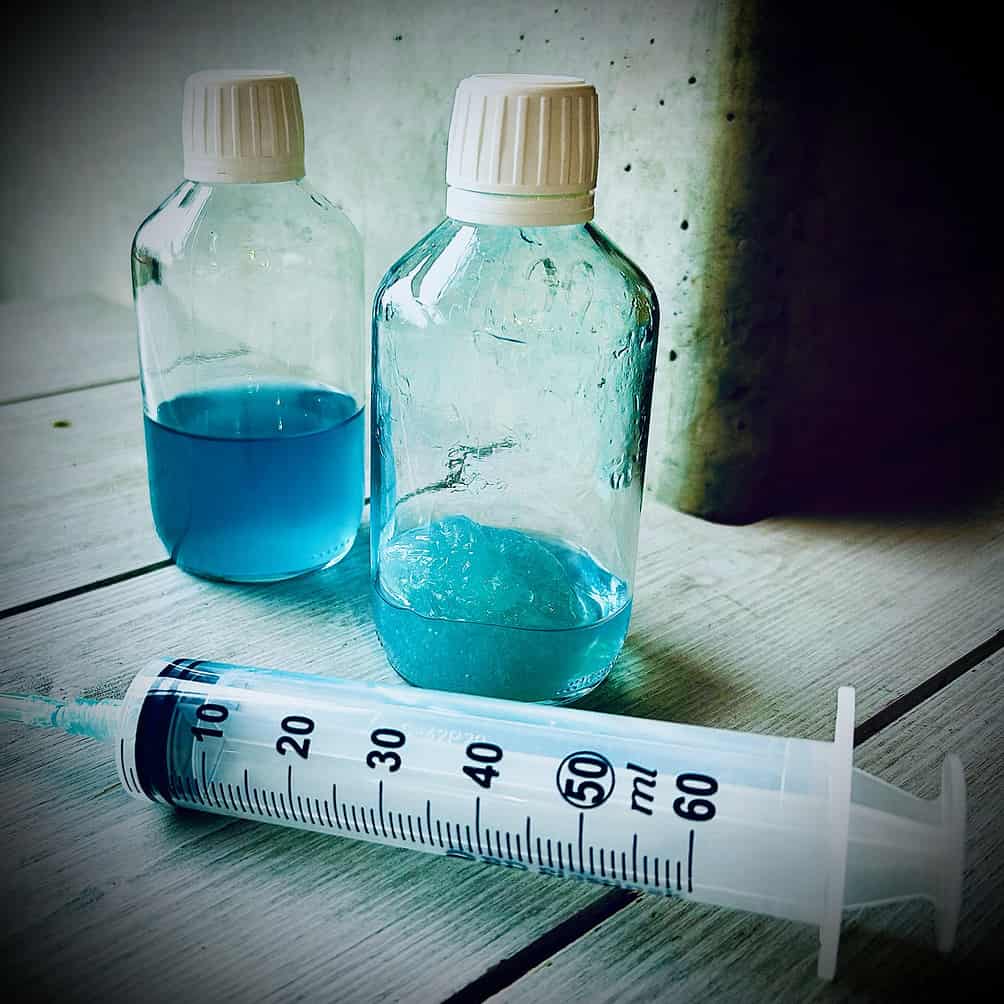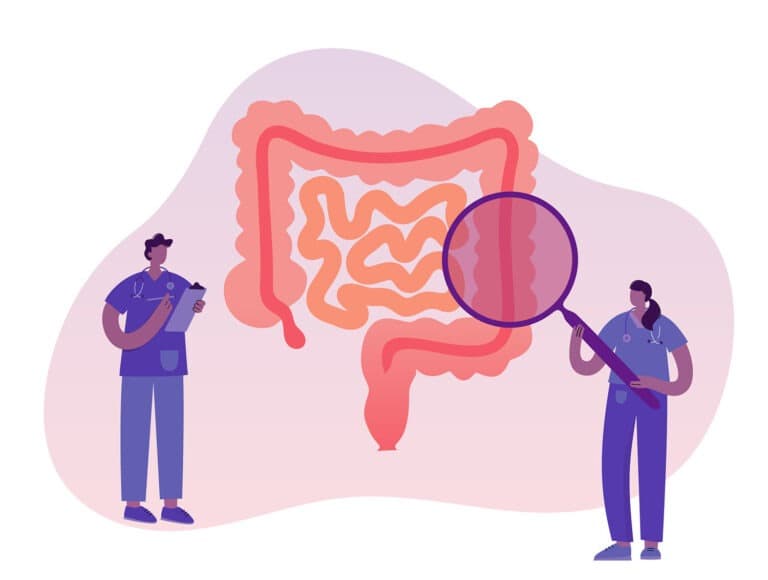
Each year, more than one million people worldwide contract peritoneal cancer. It is often the result of metastasis from colon, stomach, or ovarian cancer to the peritoneal cavity. “For patients with metastases in the lungs and liver, various treatment options are often still available, but they are limited for metastases on the peritoneum. Therefore, patients with peritoneal cancer have the worst prognosis and often only a few months to live,” said Geert van Almen, CEO and co-founder of UPyTher.
- More than one million people are affected by peritoneal cancer each year, with limited treatment options and a lousy prognosis.
- Traditional treatment methods, such as chemotherapy, are often ineffective.
- UPyTher has developed a new method in which chemotherapy is injected into the peritoneal cavity as a gel. The gel acts as a depot, exposing tumors to the treatment longer, increasing its effectiveness.
Current treatment is not effective
This type of cancer is difficult to treat because of its location, he explains. “When chemotherapy is administered through the blood (a commonly used method, ed.), it only reaches the tumors in the abdominal cavity to a limited extent and does not work adequately. In recent years, chemotherapy is sometimes administered directly into the abdominal cavity. It is often rapidly absorbed into the blood and cleared from the abdominal cavity. This limits exposure and prevents the chemotherapy from fighting the tumors properly.”
For a selected number of patients, surgery is also possible. In that case, an attempt is made to remove all the tumors. “Only sometimes it involves hundreds, tiny tumors. A patient lies on the operating table for hours, and then invisible cancer cells can remain. This is why the abdominal cavity is flushed with chemotherapy after the operation. This is a complicated operation; about one in ten patients with cancer in the abdominal cavity is fit enough to undergo such surgery,” Van Almen continues. And then there’s a good chance that not all the cancer cells have been removed. “Flushing is actually too short to tackle all the cells. That’s why we regularly see the cancer return after a while,” Peter-Paul Fransen, the other co-founder of UPyTher, adds.
Gel improves chemotherapy
To improve the treatment of people with peritoneal cancer, UPyTher has developed a new method. Chemotherapy is injected into the abdominal cavity in the form of a gel. “The gel acts as a depot and releases the chemotherapy gradually. As a result, the tumors are exposed to the chemotherapy longer. This makes the treatment more effective, allowing patients a better perspective. Perhaps it may even be possible to cure people in the future, but only time will tell,” says Van Almen.

First tests on humans
The first results are promising, but the development process is long and complicated. Fransen: “Currently, the method is being tested in pigs. We can start the first clinical studies in about two years if the results are good. At that stage, we will also test the treatment in humans. After that, it will take several more years before our drug is actually on the market and can be used on a large scale.” The advantage is that the drugs UPyTher works with are already used in hospitals; only the treatment method (the gel) is new. “When we show that the gel can be used safely, things can move quickly,” Van Almen said.

Looking for investors
But that does not mean it is already a done deal. Clinical studies must show whether the method brings the desired results. A lot of money is needed to conduct these studies. Therefore, the two UPyTher founders are now looking for investors to help them take the following steps. Part of this is a visit to the start-up festival Slush in Helsinki this month, where 13,000 visitors, 5,000 start-ups, 3,000 investors, and 300 journalists gather. “Slush is really a pressure cooker to meet investors. There are a lot of interesting parties there. The hardest part is getting in between them and making sure venture capitalists make time in their calendar for us,” says Van Almen.
UPyTher is part of the trade mission of the 4TU.Federation. The four technology universities of the Netherlands are all taking four start-ups to Slush. The delegation also includes people from the Rijksdienst voor Ondernemend Nederland (RVO) and regional development agencies. The idea of the multi-day event is to bring investors and start-ups together. “Besides the main event, the parties involved – such as RVO and 4TU – all organize additional activities for investors themselves. This way, they further help us to meet the right people,” he says.
The start-up receives support from The Gate, the Eindhoven start-up helpdesk of Brainport Development, Eindhoven University of Technology (TU/e), Fontys Hogescholen, Summa College, and the Brabant Development Agency (BOM). Sebastiaan Huntjens, business developer at The Gate: “The four TU/e start-ups joining Slush are all at a tipping point. They have proven on a small scale that their product works and now need to investigate further and scale up. A visit to Slush is then precious. There, they can make contacts to take the next steps for their business.”



